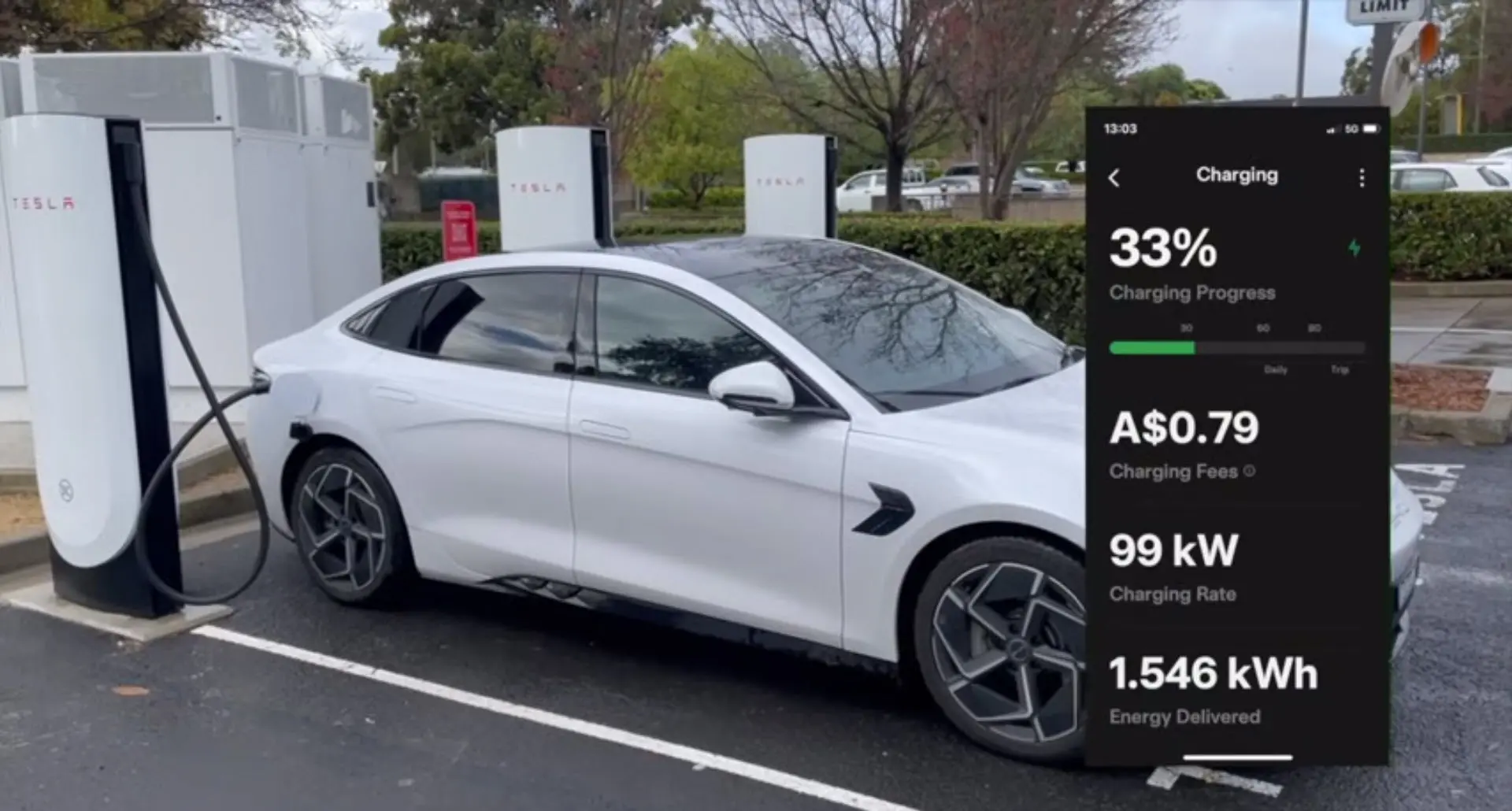New EV Charging Innovations: Tesla and BYD Lead the 2025 Trends
As the electric vehicle market surges forward, innovations in EV charging have become a pivotal focus for manufacturers and consumers alike. According to BloombergNEF, the number of electric vehicles on roads worldwide is projected to hit 145 million by 2030, making efficient and widespread charging infrastructure more crucial than ever. In this race, Tesla and BYD are setting the pace with groundbreaking technologies poised to redefine the charging experience by 2025. In this article, we’ll explore how these industry giants are leading the charge, literally and figuratively, in the realm of EV charging innovations.
Tesla’s Supercharger Network: A Game Changer
The Power of Fast Charging
Tesla has long been a trailblazer in the EV industry, and its Supercharger network is a testament to its commitment to innovation. With over 45,000 Superchargers globally, Tesla’s network is the largest and fastest, offering charging speeds up to 250 kW. This allows Tesla owners to add up to 200 miles of range in just 15 minutes—a game changer for long-distance travel.
- Network Expansion: Tesla plans to triple its network by 2025, focusing on high-traffic areas and underserved markets.
- Universal Connector: In a bid to standardize charging, Tesla introduced the Magic Dock, allowing non-Tesla EVs to access its Supercharger network, significantly expanding its user base.
V4 Superchargers: More Than Just Speed
Tesla’s upcoming V4 Superchargers promise not only faster charging but also enhanced efficiency and user experience. According to Electrek, these chargers will feature longer cables, accommodating a wider range of vehicles, and will incorporate solar panels and battery storage systems, making them more sustainable and reliable.
BYD’s Blade Battery: Revolutionizing Safety and Longevity
Breaking New Ground with Blade Battery Technology
BYD, the world’s leading EV manufacturer in terms of sales, is pioneering battery technology with its Blade Battery. This innovation promises enhanced safety, longer lifespan, and faster charging times. The Blade Battery has passed nail penetration tests without catching fire or exploding, setting a new standard in battery safety.
- Fast Charging Capabilities: BYD’s latest models equipped with Blade Batteries can achieve an 80% charge in just 30 minutes, thanks to its advanced thermal management system.
- Extended Range: EVs using the Blade Battery can travel up to 600 miles on a single charge, as highlighted by AutoExpress.
Expanding Charging Infrastructure
In collaboration with global partners, BYD is expanding its charging infrastructure, aiming to establish 10,000 high-speed charging stations worldwide by 2025. This initiative not only supports its own fleet but also other EVs, fostering a more inclusive charging ecosystem.
A Comparative Look: Tesla vs. BYD
Charging Speed and Availability
When comparing Tesla and BYD, it’s evident that both companies have prioritized charging speed and accessibility:
- Tesla Supercharger: Up to 250 kW, 45,000+ stations worldwide.
- BYD Fast Chargers: Compatible with Blade Battery, supporting up to 150 kW, with plans for 10,000 stations by 2025.
Battery Technology and Range
Tesla’s latest battery technology focuses on increasing energy density, while BYD’s Blade Battery emphasizes safety and longevity:
- Tesla: Next-gen batteries with enhanced energy density, enabling ranges of 400+ miles.
- BYD Blade Battery: Prioritizes safety and longevity, with ranges up to 600 miles.
How to Choose Your First Electric Car
For those new to the electric vehicle market, choosing the right car involves considering several factors:
- Range Needs: Determine how far you typically drive and choose a vehicle that meets that range comfortably.
- Charging Options: Consider the availability of charging stations in your area, and whether home charging is feasible.
- Budget: Factor in the upfront cost and potential savings on fuel and maintenance.
- Brand Reputation: Look at the manufacturer’s track record in safety, reliability, and customer service.
Charging Guide for Beginners
Understanding the different types of chargers can significantly enhance your EV experience:
- Level 1 Charger: Standard 120V outlet, best for overnight home charging.
- Level 2 Charger: 240V outlet, faster home charging option, typically adds 25-30 miles of range per hour.
- DC Fast Charger: Public charging stations, ideal for long trips, can charge an EV to 80% in about 30 minutes.
Conclusion: The Future of EV Charging
As we look towards 2025, the innovations led by Tesla and BYD in EV charging technology are set to transform the electric vehicle landscape. Their advancements not only promise faster and more efficient charging but also pave the way for a more sustainable and accessible future. As consumers and manufacturers alike invest in this electric revolution, the road ahead looks promisingly green.
Are you ready to join the electric movement? Explore the latest EVs and charging options to find the perfect fit for your lifestyle. With companies like Tesla and BYD leading the way, the future of mobility is not just electric—it’s electrifying.

